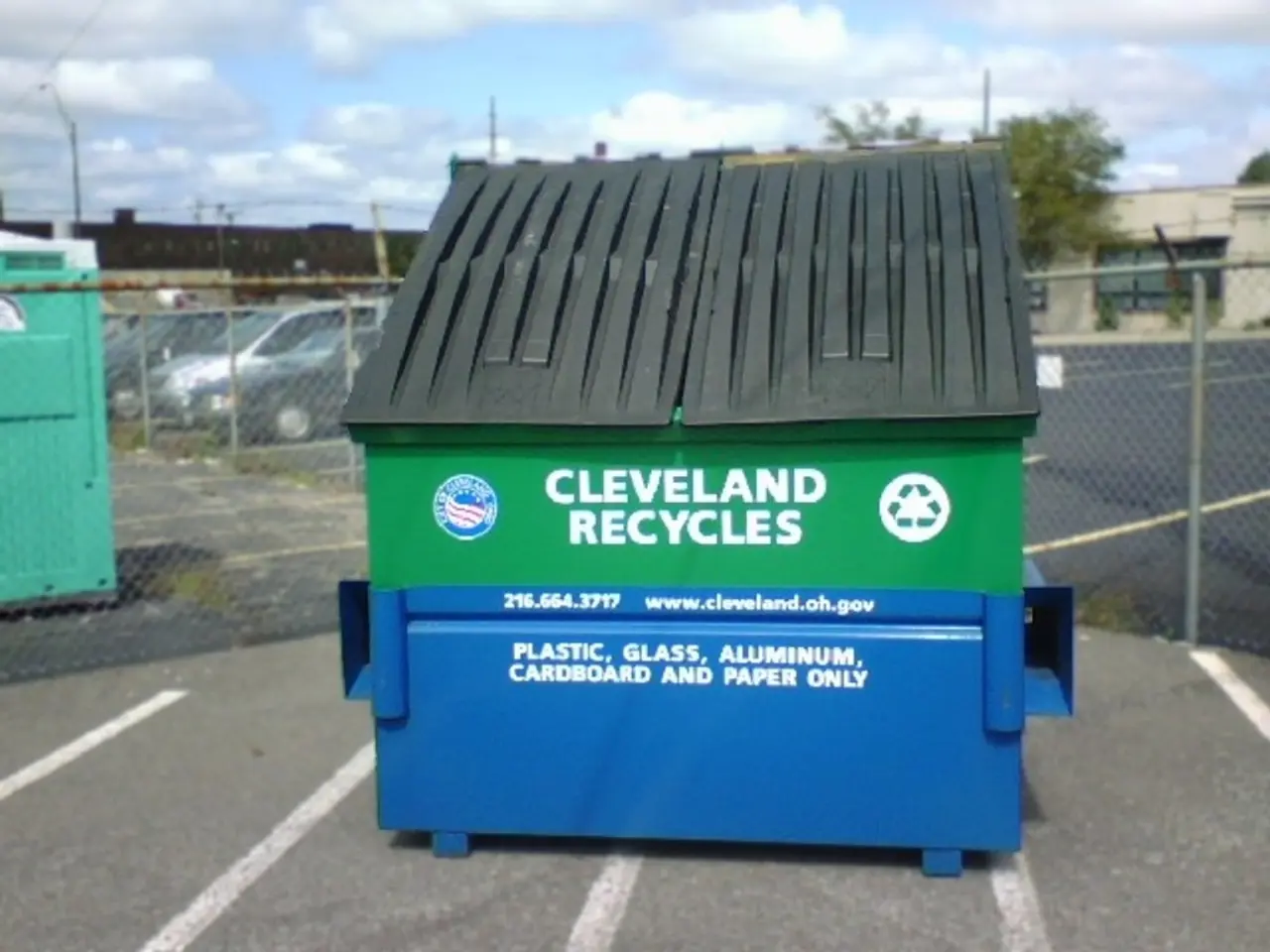Federal authorities mandate finalization of San Jacinto River Toxic Waste Sites remediation
The United States Environmental Protection Agency (EPA) has announced its decision to move forward with the removal of 230,000 tons of Dioxin waste from the San Jacinto River, a decision that comes in response to years of campaigning by the Texas Health and Environment Alliance.
The San Jacinto River Waste Pits, located in Harris County, Texas, have been a source of concern for the community and environmentalists due to the contaminated material found within. This material is known to be associated with various types of cancer, reproductive issues, auto-immune issues, and poses a serious risk to the community's health and the Galveston Bay system.
A recent cancer assessment showed that 257 square miles of the San Jacinto River's flood plain around this Superfund site is a cancer cluster. The responsible parties, International Paper and Waste Management Inc., will construct a "coffer dam" to drain the water off of the currently submerged portion of the dump before digging out the contamination.
The cleanup process, expected to take at least five years, will involve draining the water off of the currently submerged portion of the dump and digging out the contamination. Jackie Medcalf, of the Texas Health and Environment Alliance, estimates the process will take at least five years and cost the polluters untold millions of dollars.
The Texas Health and Environment Alliance is determined to see that this cleanup is done right. Medcalf stated, "We are pleased to see the EPA taking action to clean up this toxic site. We will be closely monitoring the process to ensure it is done in a way that protects the health of the community and the environment."
The information in this article comes from the EPA, the Texas Health and Environment Alliance, and previous our website reporting. As the cleanup process begins, the community can look forward to a healthier and safer environment in the years to come.
Read also:
- Parliamentary Meetings in the Federal Diet of Germany this Week
- Wheat in current times contains lower levels of essential nutrients
- Hospital in Taos faces imminent closure due to looming federal budget reductions
- Proposal request for a worker radiation protection directive, addressing the risks associated with ionizing radiation exposure, put forth by the Commission.





